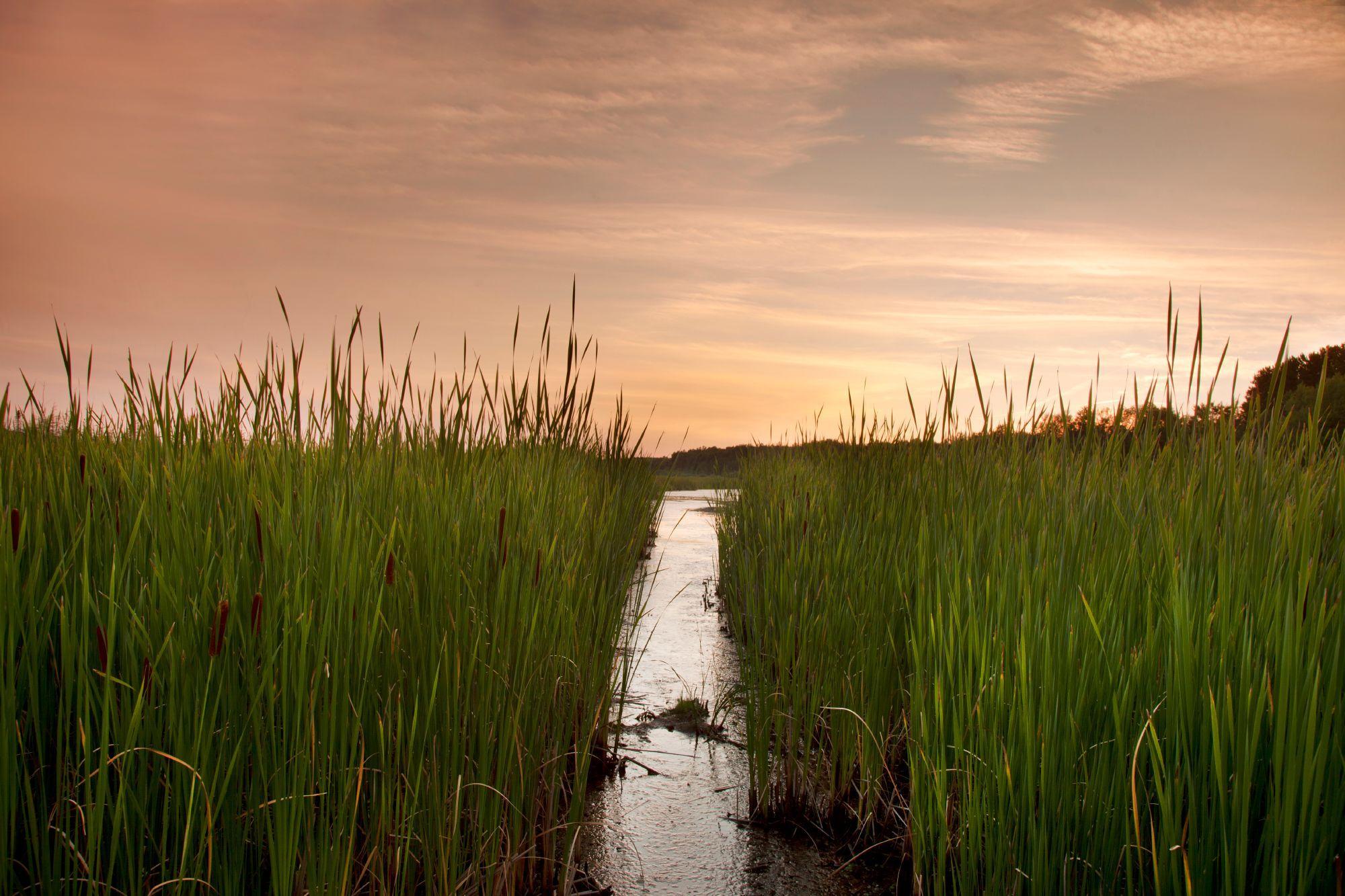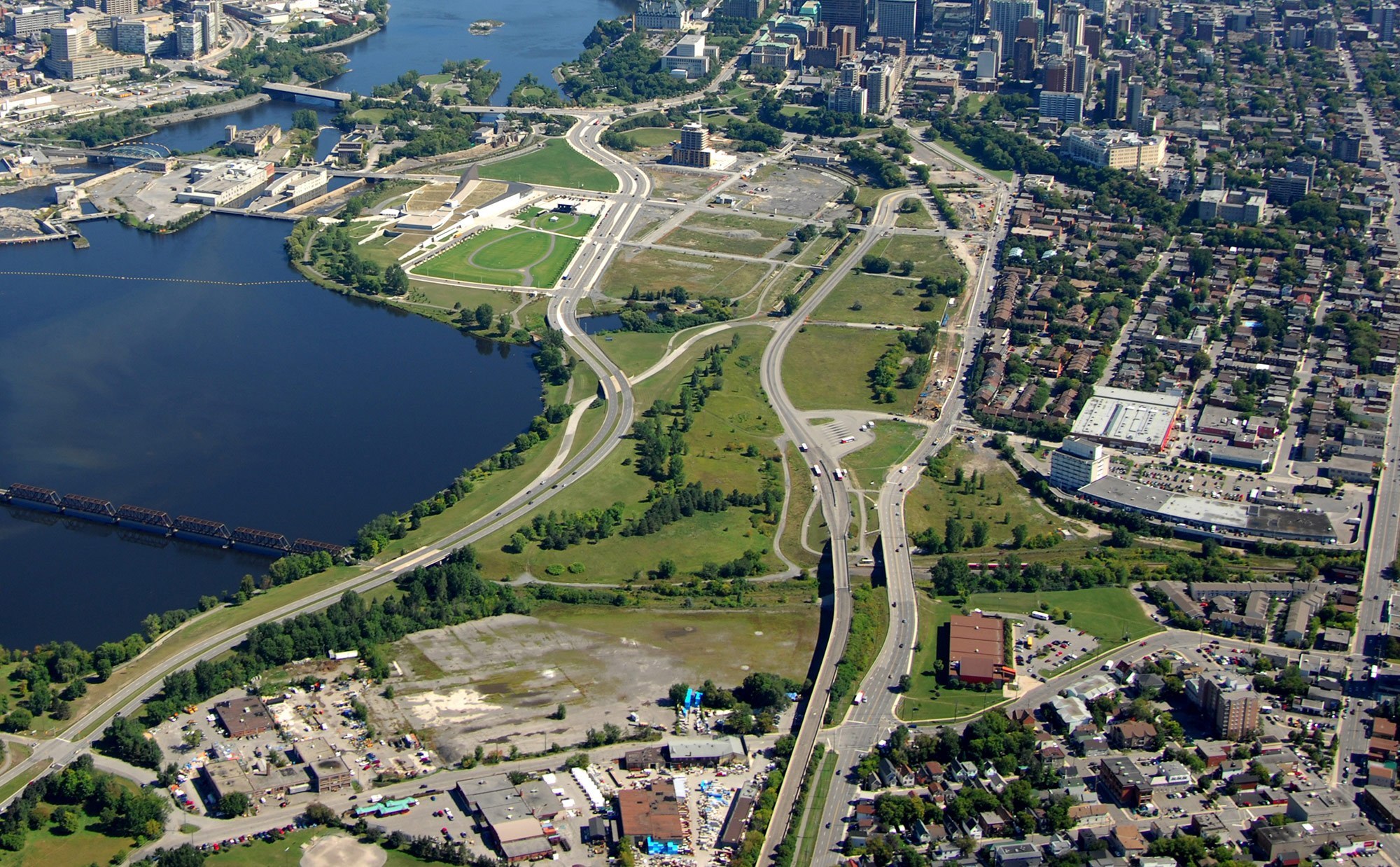I was pleased to officially introduce the Plan for Canada’s Capital, 2017-2067 to Canadians on May 9, and now to launch the NCC’s new blog with this post regarding the plan.

Through the Plan for Canada’s Capital, and in so many other ways, the NCC has engaged citizens in dialogue and debate on the future of their Capital region.
I hope this space on our newly redesigned website continues these efforts and becomes a lively forum for Canadians to further connect with the Commission and its experts.
Now, to elaborate on the Plan for Canada’s Capital, or the ‘PFCC’ as it is known to the NCC’s planning staff: this is the latest iteration of a project that began more than a century ago with the creation of the Ottawa Improvement Commission.
If you are one of the 22,000 people who took part in the consultation process - thank you!
What makes this plan unique is that it has arisen not from the mind of single planning genius, as was the case with the visionary 20th century plans of Frederick Todd, Edward Bennett and Jacques Gréber. Rather, it derives directly from an iterative and consensus-building process involving thousands of Canadians from across the country. In this sense, it truly is the ‘people’s plan’ for the Capital.
If you are one of the 22,000 people who took part in the consultation process - thank you!
The plan is made up of three major pillars and 17 milestone projects through which Canadians propose to advance the Capital region between the sesquicentennial this year and the bicentennial in 2067.
Inclusive and Meaningful

For the first time, we have a master plan whose underlying premise is inclusivity. Canadians from coast to coast and in all their diversity, envision a capital region where each and every one feels at home. This begins with the reflection that the capital region is situated on the traditional territory of the Algonquin Anishinabe Nation, and that the hosting of all Canadians and newcomers builds on this great tradition.
One of the milestone projects under this pillar is the idea of establishing a national commemoration to mark the Canadian Charter of Rights and Freedoms. Many Canadians told us that when they visit their capital, the Charter is at the top of their minds, and that creating a physical place in the Capital that celebrates the Charter should be a priority. What a wonderful design challenge!
Picturesque and Natural

Natural Capital
The Economic Value of NCC Green Spaces
This pillar focuses on the environmental challenges we face as a Capital, and as a country—climate change, invasive species—and new thinking about the value of our green spaces, as the NCC explored in its recent landmark study on Natural Capital. Milestones under this second pillar include:
- Improved visitor reception and trail networks for Gatineau Park
- Developing the Capital region’s shorelines into world-class recreational and cultural destinations
- Advancing the Greenbelt as a natural oasis in an urbanizing region.
Thriving and connected
This pillar came into focus through consultations with the business community and non-profit sector. We had many conversations about how a thriving and connected Capital would be highly desirable to top talent as a place to live and work and raise a family.
The redevelopment of LeBreton Flats and the islands is one example of a milestone project that will enable us to become a more thriving and connected city.

The plan is complete, but the work of realizing its vision has just begun. I invite you all to be part of it and have a read.
And stay tuned for the opening of the Geography and Exploration Pavilion at 50 Sussex in Ottawa which opens on June 29, where the Royal Canadian Geographical Society presents an exhibit on the Plan for Canada’s Capital, 2017-2067.
